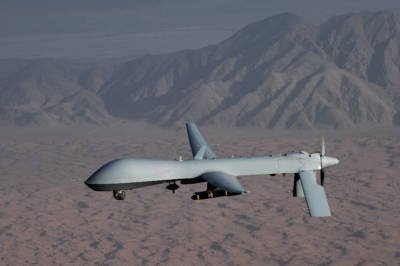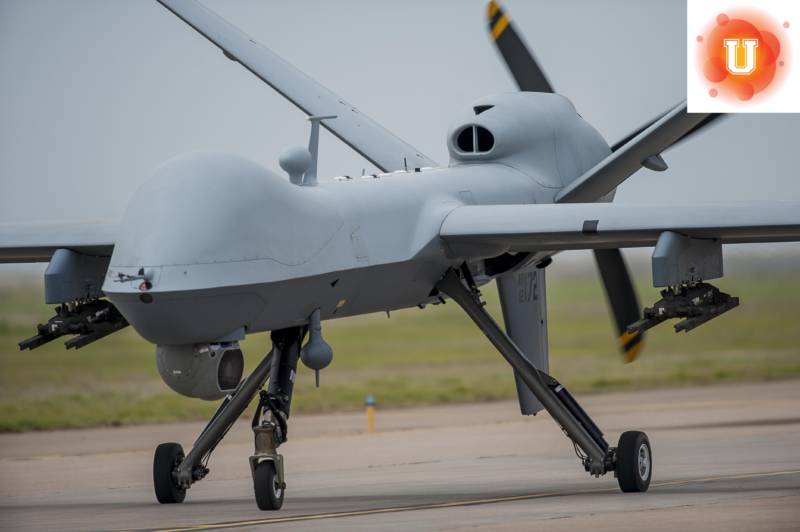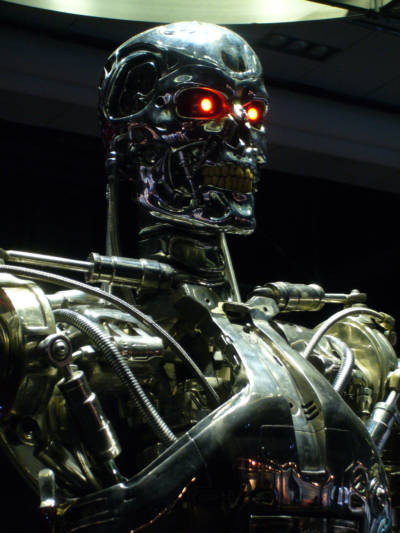This post is part of KQED’s Do Now U project. Do Now U is a biweekly activity for students and the public to engage and respond to current issues using social media. Do Now U aims to build civic engagement and digital literacy for learners of all ages. This post was written by Thaddeus Ng, who completed his MS in Computer Science at Southern Connecticut State University.
Featured Media Resource
AUDIO: NPR
Weighing The Good And The Bad Of Autonomous Killer Robots In Battle
Hear about ethical concerns regarding artificial intelligence in military platforms and steps that have been taken to help maintain meaningful control over these systems.
Do Now U
Are artificially intelligent military systems worth the risk? #DoNowUAI
How to Do Now
To respond to the Do Now U, you can comment below or post your response on Twitter. Just be sure to include #DoNowUAI and @KQEDedspace in your posts.
Learn More About the Use of Artificial Intelligence in Military Systems
In the constant race to maintain the military advantage, defense research is often at the forefront of cutting-edge research across a wide variety of fields. This can have longstanding impacts even outside of the armed forces. From radar systems to microwaves, many inventions had their roots in military applications. One field of interest to the military is artificial intelligence (AI), especially in regards to fully autonomous systems.

Military technology has utilized autonomous weapons since World War II with guided munitions, however recent developments in technology have brought autonomous systems into the public eye. Drones and remote-controlled vehicles are regularly assigned tasks often considered too mundane or dangerous for humans, such as operating in the aftermath of Hurricane Katrina, and assessing and repairing the damage caused by the Deepwater Horizon Oil Spill off the Gulf of Mexico. Military drone systems, such as the MQ-9 Reaper, have been in broad operation by the CIA for intelligence gathering since 2000. The same drones were armed for military operations following the September 11 attacks. An armed unmanned Predator drone performed a targeted killing for the first time on February 4, 2002. Research and usage of unmanned vehicles surged in the early part of this century with the United States military deploying 7,000 unmanned aerial vehicles and 8,000 unmanned ground vehicles by 2012. While unmanned and capable of autonomous flight, there is a key distinction in that current drone systems operated by the U.S. are not fully autonomous. Drones are capable of independently patrolling routes and performing general information, however, platforms like the MQ-9 Reaper still require human authorization for certain actions such as tracking a suspect beyond the prescribed path or applications of lethal force.

